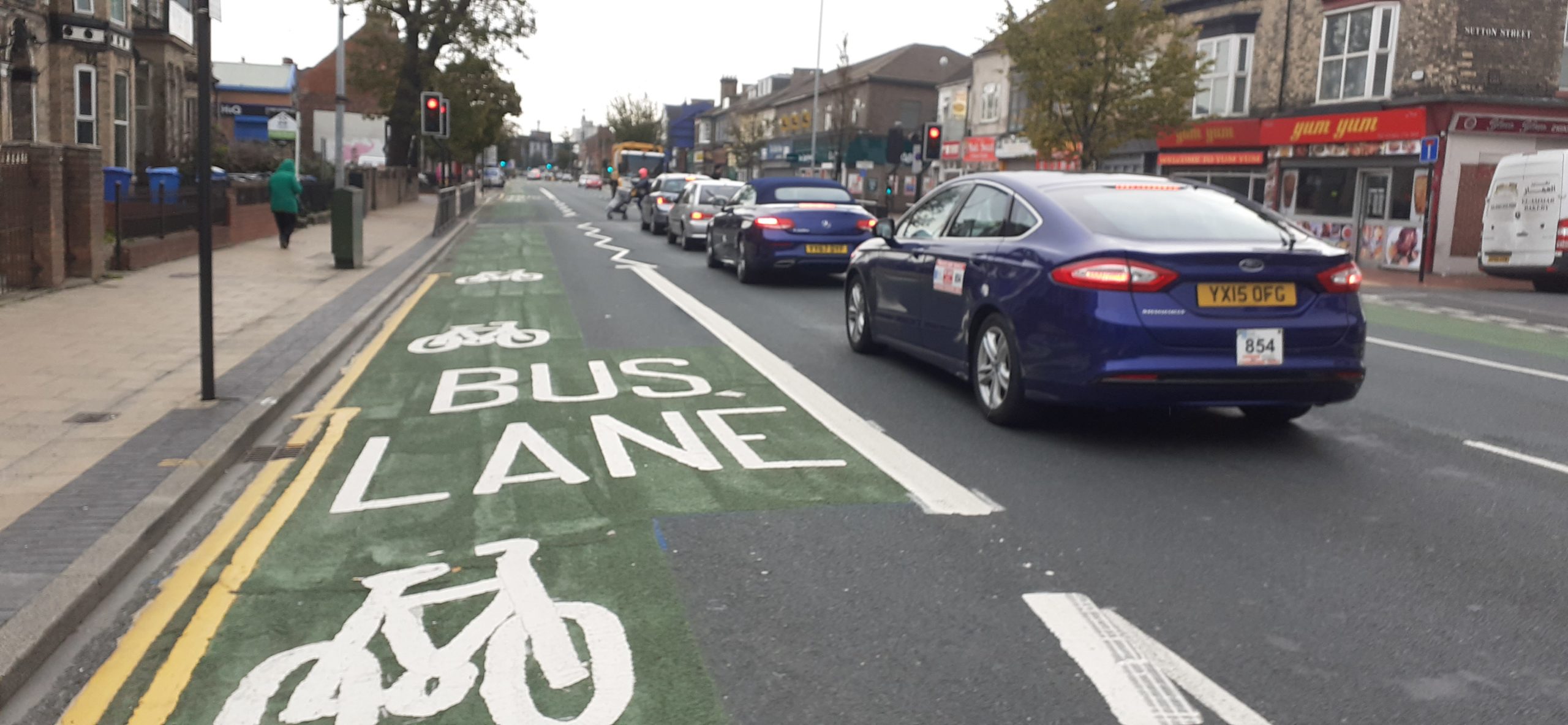Motorists in Hull are being reminded to let emergency service vehicles pass, to avoid serious delays which can result in life-threatening consequences.
The reminder comes after an increasing number of motorists have avoided entering bus lanes in Hull to allow an emergency service vehicle to pass.
Motorists should always drive in accordance with the Highway Code, including the traffic regulation order which operates across the city’s bus lanes. Rule 219 of the Highway Code states that you should look and listen for ambulances, fire engines, police, doctors or other emergency vehicles using flashing blue, red or green lights and sirens or flashing headlights, or traffic officer and incident support vehicles using flashing amber lights.
When one approaches do not panic. Consider the route of such a vehicle and take appropriate action to let it pass, while complying with all traffic signs. This means that motorists can pull into the bus lane and stop their vehicle to allow emergency vehicles to pass, and then pull straight back out onto the main road again. Please note that if you linger for longer than necessary or drive along the bus lane or continue to travel in the bus lane once the emergency vehicle has passed, then a penalty charge may be issued.
Hull’s bus lanes are currently operational Monday to Saturday, 7am – 6.30pm and any vehicle can use a bus lane outside of the operational hours.
Chris Blacksell, Chief Fire Officer and Chief Executive at Humberside Fire and Rescue Service said: “It’s crucial that fire crews get to 999 incidents as quickly and safely as possible. Fire Service Drivers are finding that other road users are reluctant to move out of the way to allow our emergency service vehicles past as they travel to a 999 incident. This can cause serious delays and life-threatening consequences, as well as putting other roads users at risk.
“One of the procedures for travelling to a 999 incident is for our drivers to manage the middle of the road. Moving in and out of the lanes is unsuitable for larger vehicles, such as fire engines as they negotiate traffic. I urge other road users to avoid obstructing our emergency service vehicles and to safely move out of the way at the earliest opportunity.”
Councillor Dean Kirk, portfolio holder for transportation, roads and highways, said: “Bus lanes are clearly defined with signs and road markings. Unless otherwise indicated, you should not drive in a bus lane during its period of operation, especially to avoid traffic. These lanes are for buses and cyclists during the designated hours.
“But if you need to get out of the way of an emergency vehicle and your only option is to enter an active bus lane you should pull over, stop your vehicle and then drive straight out of the bus lane once the emergency vehicle has passed and it is safe to do so.”
In addition, there are instances when you may have no other choice but to move into a bus lane for example to avoid an obstruction in the road, such as roadworks or a spillage.
Visit the Hull City Council website for more information.
